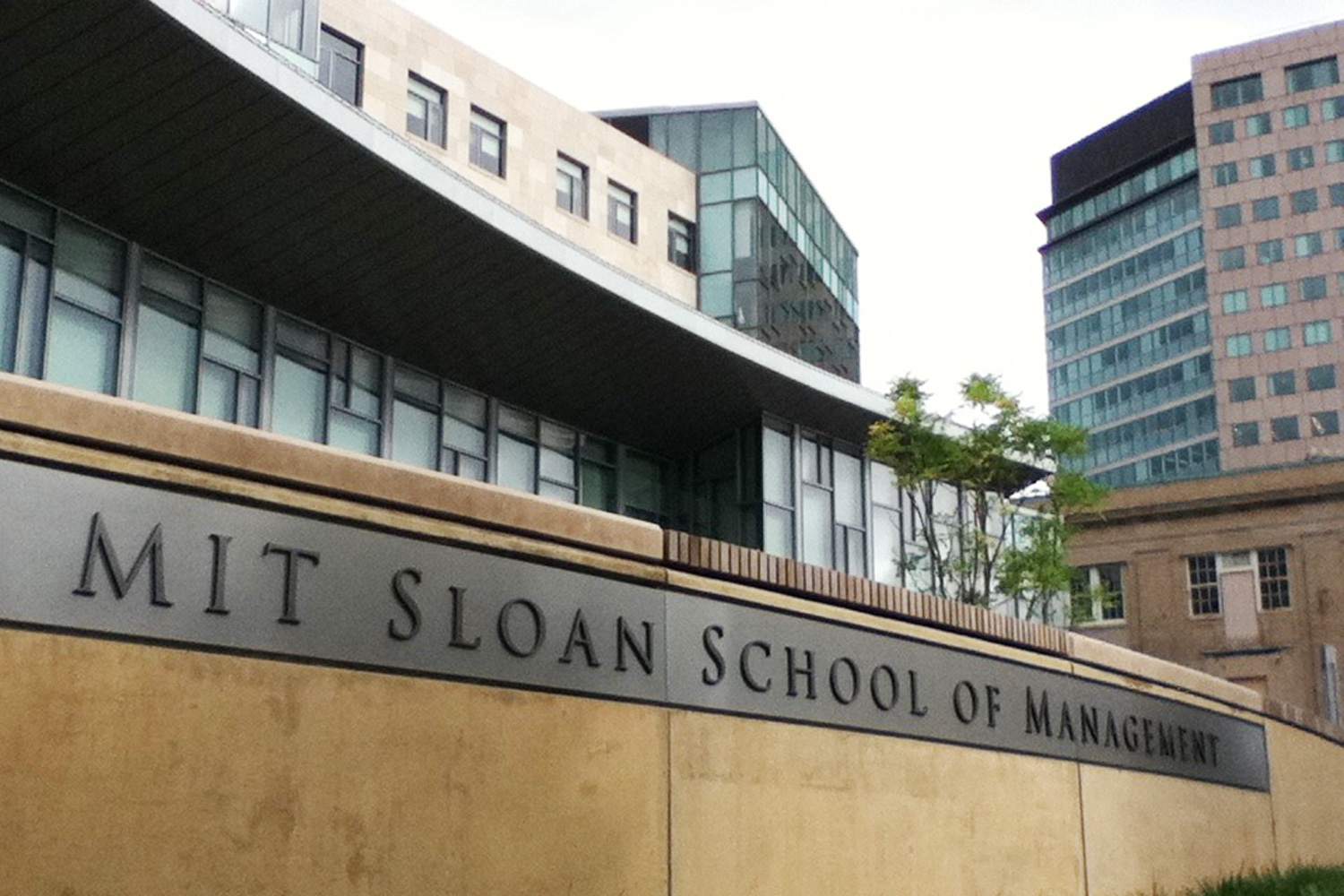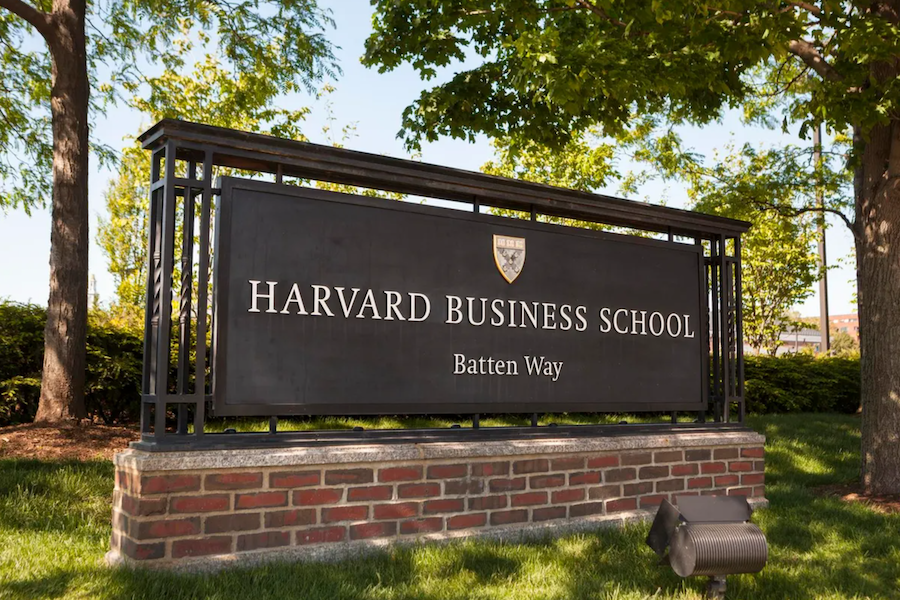Competitive Edge: Letters of Support for MIT Sloan
Applying for an MBA at a top business school means every part of your application needs to stand out. At M7A, we help applicants shine in these critical moments. In this blog post, we introduce an often overlooked aspect of the MIT Sloan application: Letter(s) of Support.

Understanding the Letter of Support
Defining the Letter of Support
A Letter of Support is distinct from the traditional letter of recommendation. While the latter is a staple of MBA applications, the former offers a nuanced advantage. It's a brief, yet impactful document penned by a third party that sheds light on the applicant's potential fit with MIT Sloan. These letters, typically one-page in length, are directed to the admissions director and advocate for the applicant's candidacy from an external perspective.
The Ideal Authors
The question of who can author such a letter is pivotal. Ideal candidates include:
- Current students at MIT Sloan
- Alumni of the program
- Faculty members at MIT
These individuals are integral to the Sloan community and possess the insight to highlight an applicant's fit and potential contribution.
Strategic Submission of Letters of Support
When to Submit
The timing of the submission is as critical as the content. The window after the application has been submitted, particularly 2-5 weeks post-submission, is optimal. This period allows the admissions team to match the letter with the applicant's file, enhancing its impact.
Content Focus
The narrative should underscore the applicant's alignment with Sloan's culture and values. Unlike standard recommendations, these letters do not need to adhere to a specific questionnaire but should rather offer a genuine and detailed account of the applicant's qualities and potential contributions.
Navigating the Process
Deciding to Seek a Letter
Whether to seek a Letter of Support is a nuanced decision. It depends on the applicant's network within the Sloan community and the school's policy on additional application materials. A proactive approach, balanced with adherence to Sloan's guidelines, is advisable.
Understanding Sloan's Policy
It's essential to comprehend and respect MIT Sloan's stance on additional materials in the application process. While a Letter of Support can significantly enhance an application, it's crucial to ensure that it aligns with the school's policies to avoid any potential drawbacks.
Crafting an Effective Letter of Support
What to Include
An effective Letter of Support goes beyond mere accolades. It should:
- Highlight the applicant's unique traits and potential impact on the Sloan community
- Provide specific examples of the applicant's achievements and character
- Offer insight into the applicant's fit with Sloan's values and culture
What to Avoid
Equally important is what to avoid in a Letter of Support:
- Generic statements lacking personal insight
- Repetition of information readily available in the application
- Overemphasis on accomplishments without linking them to Sloan's ethos
Final Considerations
The Impact of a Letter of Support
For those with the opportunity, a Letter of Support is more than an addition to their application; it's a chance to vividly illustrate their fit and potential impact on MIT Sloan. However, it's crucial to remember that not having such a letter is not a detriment. MIT Sloan evaluates applicants on a holistic basis, considering various aspects of their profile.
Conclusion
A Letter of Support can be a strategic asset in your MIT Sloan MBA application, offering a unique perspective on your candidacy. At M7A, we're dedicated to guiding you through the intricacies of this process, ensuring you present a compelling and comprehensive application.
Keep reading

Explore Careers in Entrepreneurship and VC at Stanford GSB
If you're interested in pursuing a career in entrepreneurship or venture capital, attending Stanford Graduate School of Business (GSB) will provide you with a range of advantages that can help you achieve your career goals. Located in the heart of Silicon Valley, Stanford GSB offers a unique blend of academic excellence and real-world experience that can help you succeed in the competitive world of entrepreneurship and venture capital.

Applying to HBS: 2024 Key Dates and Deadlines
Are you ready to kickstart your business journey at one of the world's most prestigious institutions? Harvard Business School has officially announced their application deadlines for the MBA Class of 2026. This blog post will serve as a guide to ensure you're well-informed about the crucial dates and the application process.

Wealth, Risk, and Reward: Consulting vs. Entrepreneurship
Aspiring to financial independence is a natural desire for many ambitious professionals, and there are countless paths one might take to achieve it. Two popular post-MBA routes are working at a top-tier consulting firm or taking the plunge into entrepreneurship. While both options can ultimately lead to financial prosperity, the road to riches varies dramatically between these two paths. In this blog post, we will compare and contrast the journey to becoming a single-digit millionaire within a decade through consulting at a prestigious firm like McKinsey, Bain, or BCG, and the riskier path to earning tens or hundreds of millions as a founder or co-founder.

Your Roadmap to Success: Mastering the Yale SOM MBA Application for Fall 2024 Enrollment
If joining the ranks of Yale School of Management’s (SOM) impressive alumni is on your radar, then crafting a sterling MBA application is paramount. The competition is fierce, but fret not! With the right guidance, your application can shine. This blog post is your trusty guide to navigating Yale SOM’s MBA application process for Fall 2023 enrollment. Buckle up and let’s embark on this enlightening journey!